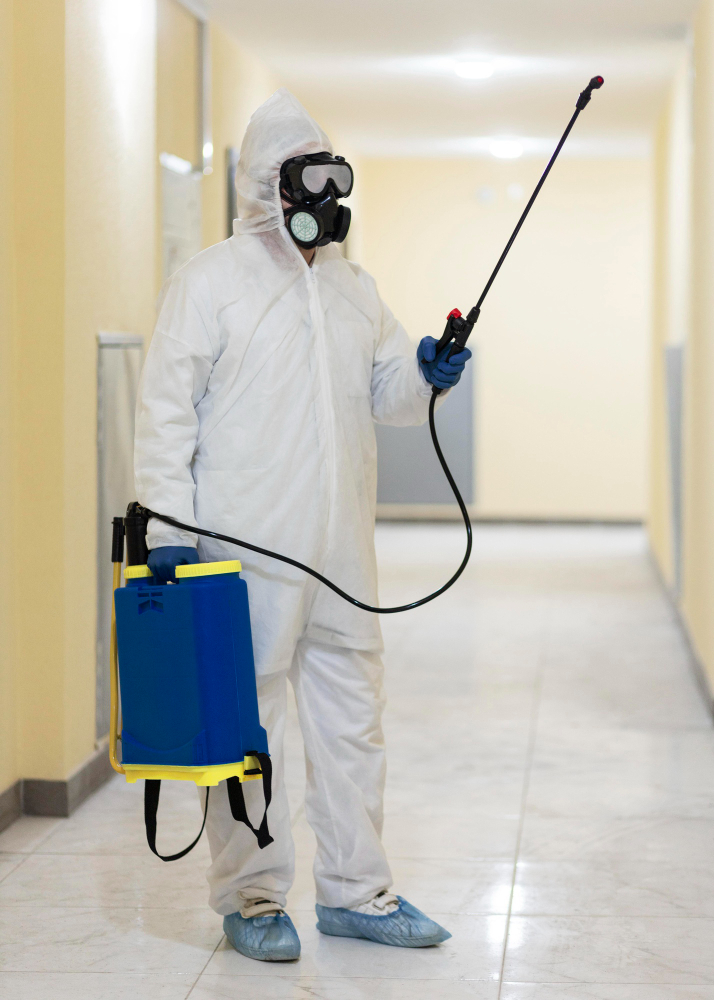Summer on the Sunshine Coast means longer days, warmer nights—and unfortunately, more pests. As temperatures rise, insects and rodents become more active and start looking for food, water, and shelter. Your home becomes an easy target if it’s not properly protected.
At Jason’s Pest Control, we help homeowners prepare their properties for seasonal pest activity before it becomes a problem. This guide will walk you through practical, effective steps to pest-proof your home and enjoy a pest-free summer.

Why Summer Attracts More Pests
During the warmer months, many pests enter their most active phase of the year. Insects like ants, flies, cockroaches, and mosquitoes thrive in humid conditions. Rodents also venture closer to homes in search of cooler shelter and food.
Factors that attract pests in summer include:
- Open windows and doors
- Standing water in gardens and gutters
- Food left out or not sealed properly
- Increased humidity in kitchens, bathrooms, and basements
Being proactive before summer hits full swing can save you from unwanted infestations later.
Step 1: Seal Entry Points
Insects and rodents don’t need much space to sneak inside. Small cracks in walls, gaps under doors, or loose window screens can provide access.
Tips:
- Use caulk to seal cracks and gaps in walls, around windows, and where utilities enter the home.
- Install weatherstripping under doors and windows.
- Repair or replace torn window and door screens.
- Use mesh or steel wool to seal small holes around pipes and vents.
Securing your home from the outside helps prevent pests from getting in at all.
Step 2: Eliminate Standing Water
Water attracts pests like mosquitoes, cockroaches, and rodents. Many insects breed in stagnant water, making it a major concern during summer.
Tips:
- Empty water from buckets, plant trays, and birdbaths regularly.
- Keep gutters clean and ensure proper drainage away from the house.
- Fix leaking taps, hoses, and air conditioning units.
- Ensure pet bowls are changed often and kept clean.
Dry surroundings are less appealing to pests looking for a place to nest or breed.
Step 3: Store Food Properly
Ants, cockroaches, and flies are drawn to easily accessible food. Even a few crumbs can signal a feast for pests.
Tips:
- Keep food sealed in airtight containers, especially in pantries.
- Store fruit in the fridge or covered fruit bowls.
- Clean up crumbs and spills immediately.
- Take rubbish out regularly and keep bins sealed with tight-fitting lids.
Don’t forget to check pet food and treat areas as well—they’re often overlooked.
Step 4: Maintain Outdoor Spaces
Overgrown gardens, compost piles, and unsealed outdoor bins provide perfect hiding spots for insects and rodents.
Tips:
- Trim shrubs and grass near the house to reduce cover for crawling pests.
- Keep firewood stacked away from the house and off the ground.
- Secure compost bins and clean up fallen fruits or vegetables in gardens.
- Seal outdoor garbage and recycling bins, and wash them out periodically.
Creating a clean buffer zone around your home’s exterior can reduce pest migration indoors.
Step 5: Declutter Indoors
Clutter offers shelter to spiders, silverfish, and cockroaches. Pests love cardboard, paper, and piles of undisturbed belongings.
Tips:
- Recycle or dispose of unused newspapers, boxes, and packaging.
- Vacuum storage areas, garages, and under furniture regularly.
- Keep closets and cupboards organised and clean.
- Avoid piling laundry or damp towels, especially in humid rooms.
A tidy, open environment is less inviting to pests looking for a place to hide.
Step 6: Inspect and Maintain Your Home
Small repairs now can prevent bigger problems later. Make sure your home is in good condition before pests take advantage of weak spots.
Checklist:
- Inspect the roof and foundation for damage or entry points.
- Check pipes and under sinks for leaks or condensation.
- Ensure bathroom and kitchen ventilation is working properly.
- Look for early signs of pest activity like droppings, gnaw marks, or webbing.
Routine maintenance helps you stay ahead of infestations before they grow.
Step 7: Use Natural Deterrents
If you prefer to avoid chemical sprays, there are natural methods to keep pests at bay.
Examples:
- Place whole cloves, bay leaves, or cedar blocks in drawers and pantries.
- Use vinegar and water as a cleaning solution for kitchen surfaces to disrupt ant trails.
- Place potted mint, basil, or lavender near doorways and windows to deter flies and mosquitoes.
While not always a complete solution, these can help reduce minor pest activity naturally.
Step 8: Schedule a Preventive Pest Inspection
Even with the best DIY efforts, some pest problems develop out of sight—behind walls, under floors, or in roof cavities. A professional inspection ensures nothing is missed.
Jason’s Pest Control offers:
- Seasonal inspections and barrier treatments
- Targeted solutions for summer-prone pests
- Safe and eco-friendly treatment options
- Advice tailored to your home and location
Our technicians identify problem areas and treat them before pests multiply, saving you time and stress later.
Stay One Step Ahead of Summer Pests
Pest-proofing your home before summer starts is the best way to protect your family, home, and peace of mind. By taking the time to seal, clean, and inspect, you reduce the chances of unwanted visitors making themselves at home.
If you want expert help or a professional pest barrier applied in time for summer, reach out to Jason’s Pest Control. We’ll make sure your home stays pest-free throughout the season and beyond.Contact us today to schedule your summer pest inspection and enjoy a worry-free, pest-free home all summer long.

